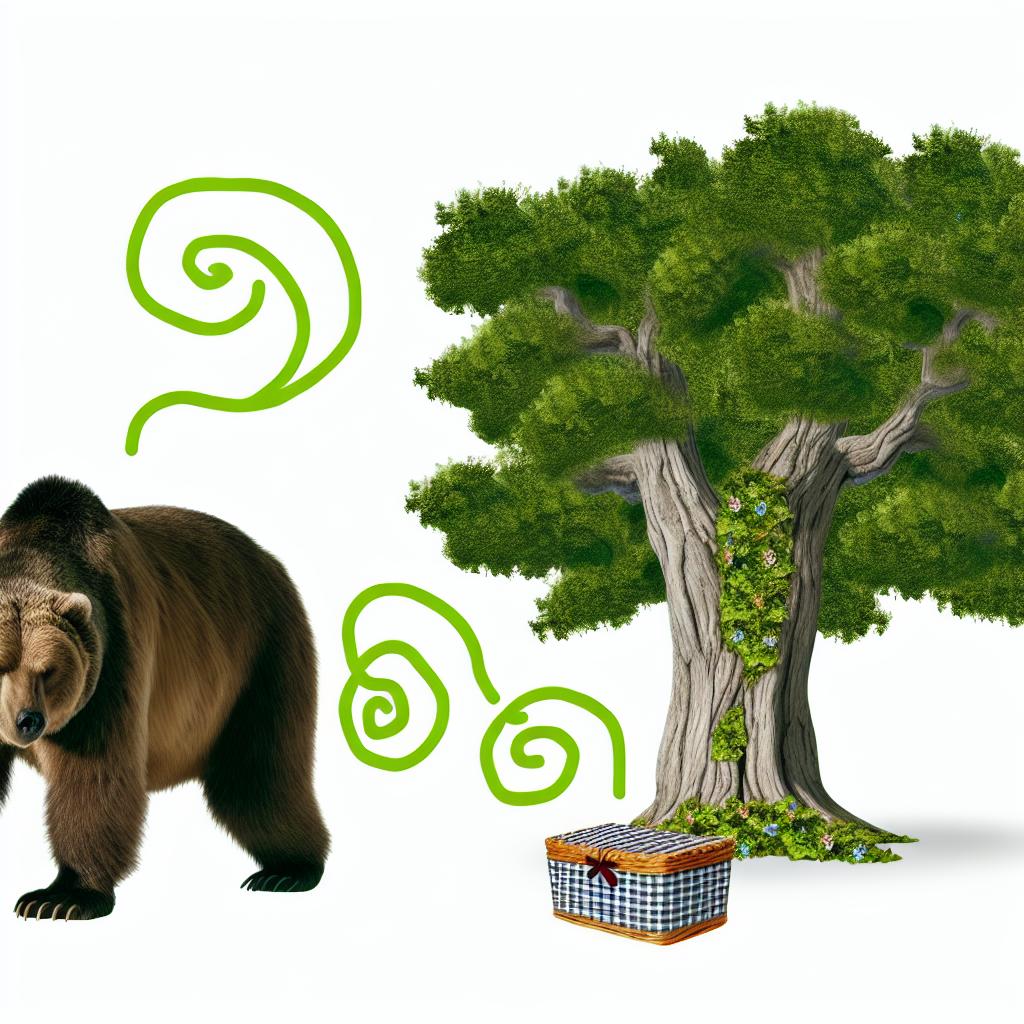Introduction to Bear Navigation
Bears are fascinating creatures known for their remarkable ability to navigate through diverse environments. Their navigation skills are crucial for finding food, mating partners, and suitable habitats. This article explores the mechanisms behind their navigational prowess.
Sensory Perception
A bear’s primary navigational tools are its senses. Among these, olfaction plays a pivotal role. Bears have an acute sense of smell, which they use to detect prey, other bears, and potential threats over vast distances.
Olfactory Communication
Bears engage in chemical communication through scent marking. This behavior helps them establish territories and locate mates. Their nasal cavities can detect odors at concentrations up to 2100 times lower than humans.
Physical Landscape Memory
Bears possess a strong memory that allows them to retain information about their surroundings. This memory aids them in relocating previous locations of food sources and remembering migration paths.
Path Integration
Path integration is a cognitive process allowing bears to track their traveled routes and determine return paths. This method reduces the reliance on external cues, enabling them to navigate even when visual markers are scarce.
Environmental Cues
In addition to their sensory capabilities, bears use environmental cues to navigate. The position of the sun, landmarks, and the geomagnetic field are factors bears may utilize in orientation.
Use of Landmarks
Landmarks, such as mountains, rivers, and trees, provide spatial reference points. Bears often travel along familiar routes marked by such features to maintain orientation and successfully reach their destinations.
Technological Study of Bear Navigation
Research on bear navigation involves tagging and tracking movements to understand their patterns and behavior. Scientists use GPS technology and tracking collars to gather data on bear movements.
Learn more about bear tracking technology here.
Conservation Implications
Understanding bear navigation can have significant implications for conservation efforts. As human development encroaches on bear habitats, recognizing their travel routes can inform strategies to minimize human-bear conflicts and ensure the species thrive.
Conclusion
In conclusion, bears navigate their environments using a combination of acute sensory perception, excellent memory, and environmental cues. These navigation skills are essential for their survival, allowing them to adapt to changing habitats and climates. By studying and understanding these navigation mechanisms, we can better protect and conserve these majestic animals.

